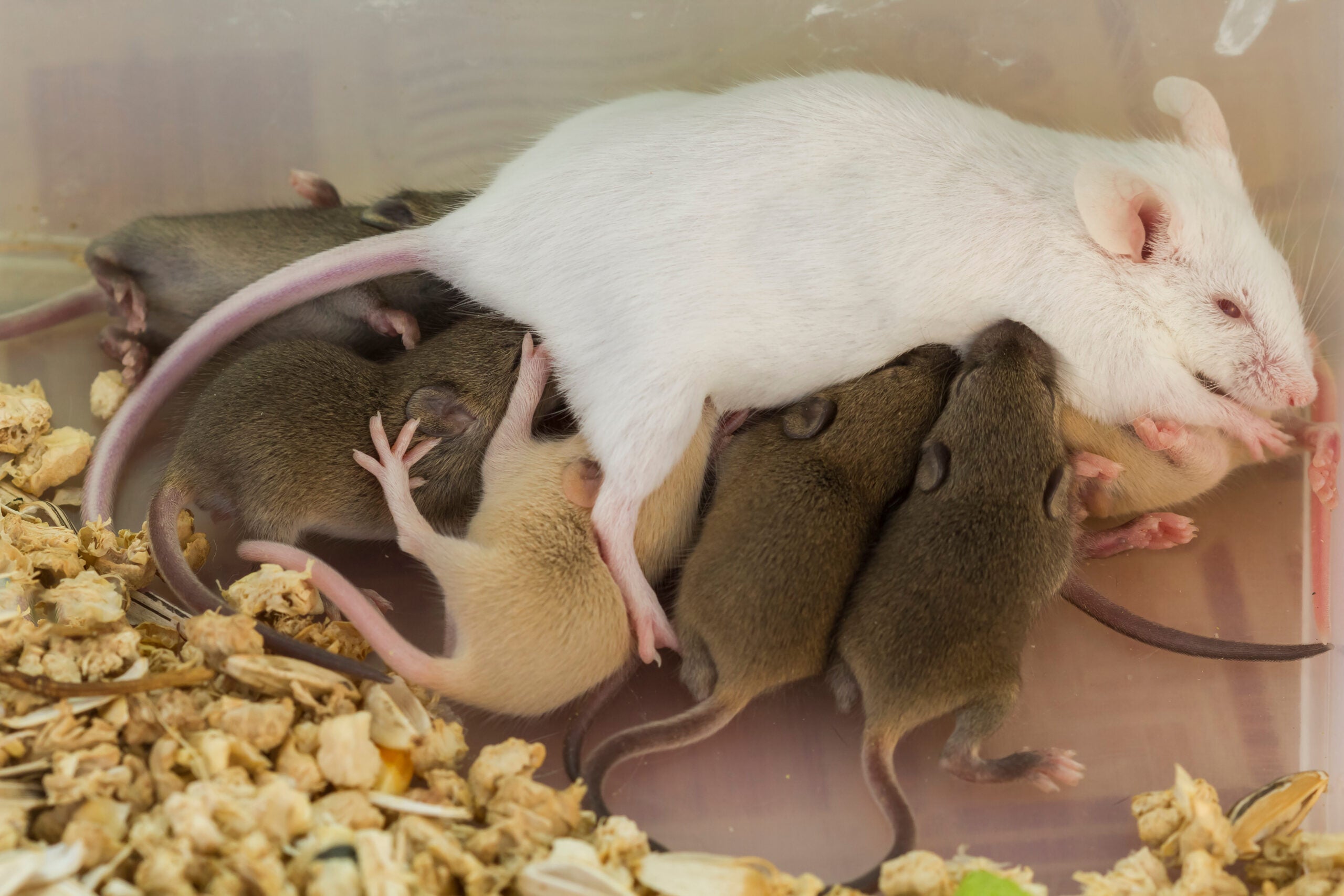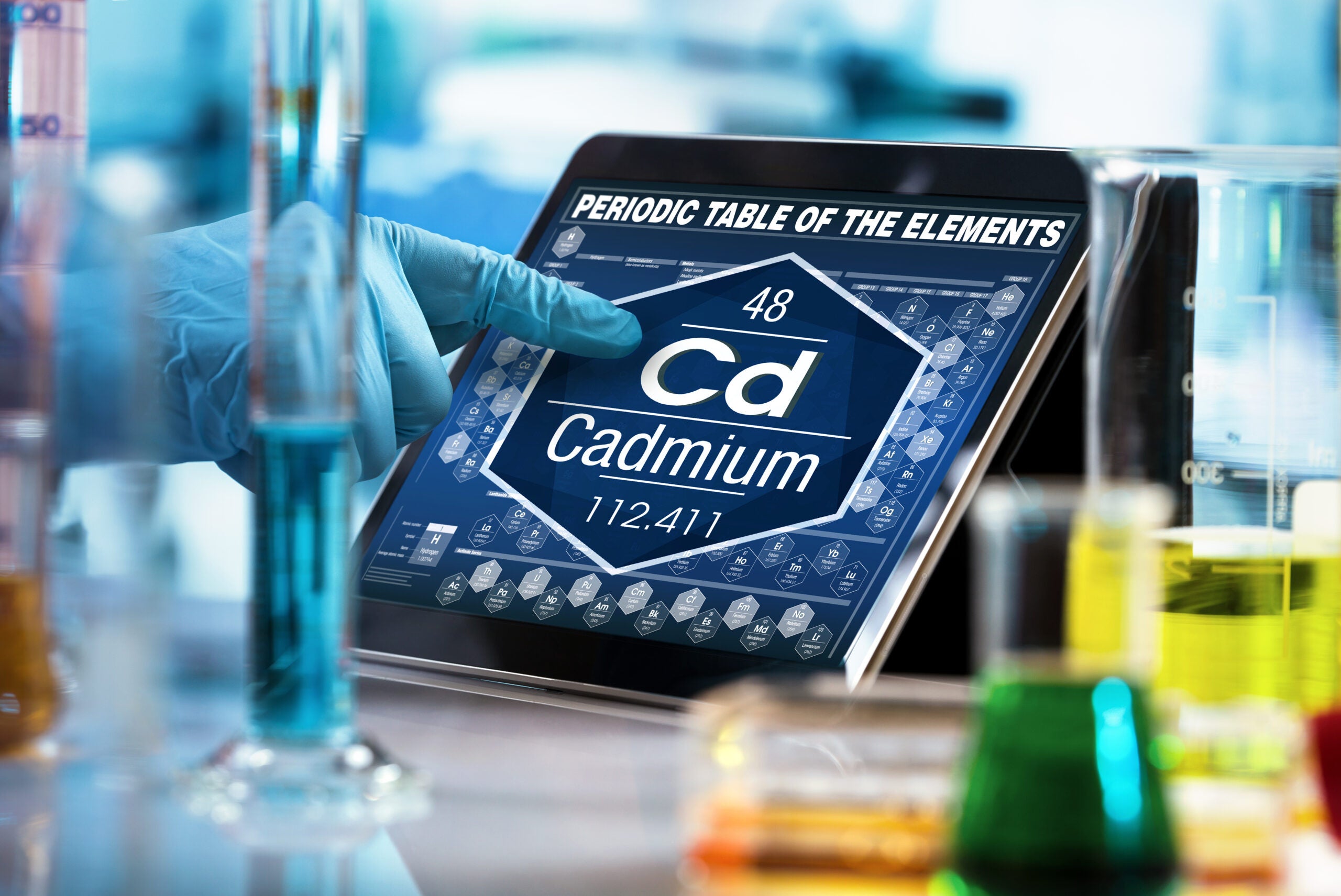Bacterial Resistance to Silver (Nano or Otherwise)
Cal Baier-Anderson, Ph.D., is a Health Scientist.
A recent article posted on scienceline includes a claim that bacteria cannot develop resistance to silver, which is widely used as an antimicrobial. That assertion is not only false, but also dangerous.
Resistance of bacteria to antimicrobials is a serious and growing problem, so it is imperative that antimicrobials be used only where shown to be essential and effective. The cavalier use of antimicrobials, including their routine use as feed additives for growth promotion and prophylaxis in animal agriculture, increases the likelihood of the development of resistance in dangerous human pathogenic bacteria (Refs. 1-3, below).
The unqualified claim in this post that “bacteria cannot build up a resistance to silver nanoparticles as they can to antibiotics, because of the way the silver nanoparticle attacks – destroying the structure of the cells and killing them…” is wrong and reckless. First, bacteria have developed numerous strategies to overcome the activity of antimicrobials, including those that destroy cells (4).
Second, silver is a potent antimicrobial (5,6), but numerous studies have documented resistance to it in several different types of bacterial (7-14). Resistance can arise through multiple mechanisms, some of which also impart resistance to other antimicrobial agents. Two important reviews summarize the broader concerns over bacterial resistance to silver, cautioning that the current lack of oversight on its expanding use could have serious consequences (15,16).
Nanosilver is the new kid on the block, generating a new wave of antimicrobial products, from odor-resistant socks to purportedly self-sterilizing computer mice. (For a list of consumer products containing nanosilver, search for “silver” in the Woodrow Wilson Center’s Project on Emerging Nanotechnology online inventory.) As with other nanomaterials, nanosilver’s use in consumer products is happening without sufficient regulatory oversight, although EPA may actually be starting to pay some attention to this use.
The widespread and indiscriminate use and release of such nanosilver materials could negatively impact both beneficial microbial communities in the ecosystem, and our capacity to combat dangerous microbes that threaten human health. Until we have a better understanding of the ramifications of the use of nanosilver in consumer products, strict regulation against overuse is warranted. There is also an urgent need for additional research before nanosilver is allowed to become ubiquitous in consumer products and our environment.
References:
1. Alliance for the Prudent Use of Antibiotics. 2002. Report on the Facts about Antibiotics in Animals and the Impact on Resistance (FAAIR) Project. Clinical Infectious Disease. 34(S3):S71-S144. Available at: http://www.tufts.edu/med/apua/Ecology/faair.html
2. General Accounting Office. 2004. Antibiotic Resistance: Federal Agencies Need to Better Focus Efforts to Address Risk to Humans from Antibiotic Use in Animals. GAO-04-490. April 2004. Available at: http://www.gao.gov/docsearch/abstract.php?rptno=GAO-04-490
3. Silbergeld EK, Graham J, Price LB. 2008. Industrial Food Animal Production, Antimicrobial Resistance, and Human Health. Ann Rev Public Health. 29:151–169. http://arjournals.annualreviews.org/doi/abs/10.1146/annurev.publhealth.29.020907.090904
4. Tenover FC. 2006. Mechanisms of antimicrobial resistance in bacteria. Am J Infect Control. 34(S1):S3-S10. http://www.ajicjournal.org/article/S0196-6553(06)00836-4/abstract
5. Edward-Jones V. 2006. Antimicrobial and barrier effects of silver against methicillin-resistant Staphylococcus aureus. J Wound Care. 15(7):285-290. http://www.journalofwoundcare.com/cgi-bin/go.pl/library/abstract.html?uid=26951
6. EPA (U.S. Environmental Protection Agency). 1993. R.E.D. Facts: Silver. Office of Prevention, Pesticides and Toxic Substances. EPA-738-F-93-005. June. Available online: http://www.epa.gov/oppsrrd1/REDs/factsheets/4082fact.pdf
7. McHugh GL, Moellering RC, Hopkins CC et al. 1975. Salmonella typhimurium resistant to silver nitrate, chloramphenicol, and ampicillin. Lancet. 1: 235–40.
8. Hendry AT, Stewart IO. 1979. Silver-resistant Enterobacteriaceae from hospital patients. Can J Microbiol. 25:915–21. http://rparticle.web-p.cisti.nrc.ca/rparticle/AbstractTemplateServlet?calyLang=eng&journal=cjm&volume=25&year=0&issue=8&msno=m79-136
9. Bridges K, Kidson A, Lowbury EJ et al. 1979. Gentamicin- and silver-resistant Pseudomonas in a burns unit. Br Med J. 1:446–9.
10. Deshpande LM, Chopade BA. 1994. Plasmid mediated silver resistance in Acinetobacter baumannii. Biometals 7:49–56. http://www.springerlink.com/content/j56050x270861k14/?p=83dca07d9d6b44afa60e6f401a32d06a&pi=7
11. Li X-Z, Nikaido H, Williams KE. 1997. Silver-resistant mutants of Escherichia coli display active efflux of Ag+ and are deficient in porins. J Bacteriol. 179(19):6127–6132. http://jb.asm.org/cgi/content/abstract/179/19/6127
12. Gupta A, Matsui K, Lo F, Silver S. 1999. Molecular basis for resistance of silver cations in Salmonella. Nature Medicine. 5(2):183–188. http://www.nature.com/nm/journal/v5/n2/abs/nm0299_183.html
13. Gupta A, Maynes M, Silver S. 1998. Effects of halides on plasmid-mediated silver resistance in Escherichia coli. Appl Env Microbiol. 12:5042–5045. http://aem.asm.org/cgi/content/abstract/64/12/5042
14. Silver S, Phung le T, Silver G. 2006. Silver as biocides in burn and wound dressings and bacterial resistance to silver compounds. J. Ind Microbiol Biotechnol. 33(7):627-34. http://www.springerlink.com/content/e66l0g6125655482/?p=a5939d6f624545d5a1da96dbd01c3a56&pi=19
15. Gupta A, Silver S. 1998. Silver as a biocide: will resistance become a problem? Nature Biotechnology. 16:888.
16. Chopra I. 2007. The increasing use of silver-based products as antimicrobial agents: a useful development or a cause for concern? Journal of Antimicrobial Chemotherapy. 59:587–590 http://jac.oxfordjournals.org/cgi/content/full/59/4/587













4 Comments
Cal,
Thanks for highlighting this statement an silver and antimicrobial silver, and providing such a comprehensive set of citations addressing it. When I first read the statement that ““bacteria cannot build up a resistance to silver nanoparticles as they can to antibiotics, because of the way the silver nanoparticle attacks” in the Scienceline article, it set all sorts of alarm bells ringing!
Andrew
Thanks indeed! And for your information, you can also find regularly updated references on Silver Particles (nano or otherwise too) here: http://www.nsec.wisc.edu/NanoRisks/NS–SilverParticles.php
bacteria are quite capable of developing resistance to metals
I am a urologist and when I head about silver-coated Foley (bladder) catheters it seemed like they could only be a good idea. The thought was to prevent colonization of an indwelling catheter with bacteria, particularly in patients who have catheters permanently. The hope was to minimize symptomatic bladder infections that then become resistant to an increasing number of traditional antibiotics. When I see in the references bacteria commonly seen and treated in urologic practice (E.coli, Enterobacter, Pseudomonas, and Acinetobacter) that have documented ability to develop resistance to silver it is very concerning. To some degree it doesn’t limit our treatment options which still just includes the use of traditional po or IV antibiotics, but it does raise the question of whether the additional expense for these catheters is truly of long term benefit or detriment.
Jeffrey S Graham MD